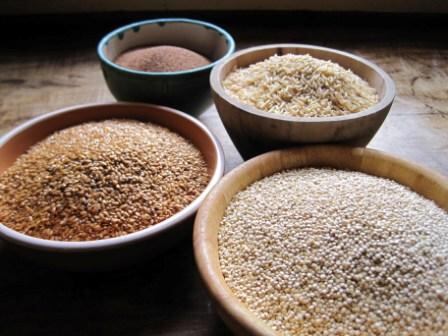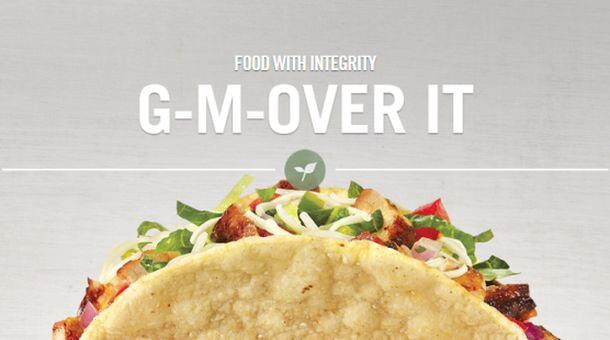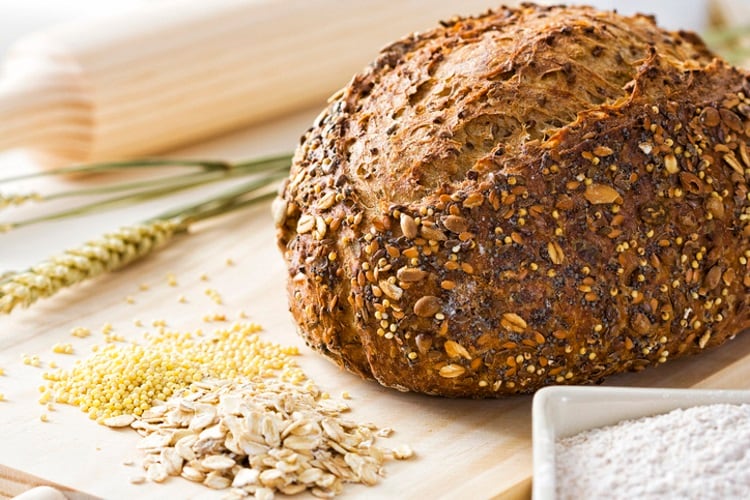Key takeaways:
- Real-time consumer insight is helping bakers turn supply volatility into strategic innovation.
- Taste has become non-negotiable, forcing manufacturers to deliver indulgence and functionality in the same bite.
- Grains, pulses and data-driven agility are giving bakeries a powerful buffer against market chaos.
When cocoa prices shoot through the roof and egg costs swing like a pendulum, most bakers hit the panic button. Ardent Mills, says Matt Schueller, advocates for calm and a clear-eyed look at the data.
As director of Marketing Insights & Analytics, Schueller’s job is to make sense of what feels like market mayhem. Speaking to us during IBIE in Las Vegas, he explained how Ardent Mills is using real-time data to anticipate, not react to, ingredient volatility.
“We take a 360° approach,” he says. “We’re tracking the marketplace, consumer behavior and manufacturer moves – trying to find some common ground and some common thread.”
That mix of foresight and flexibility gave Ardent Mills a head start on one of the year’s biggest challenges: the global cocoa crunch. “It wasn’t a surprise,” he notes. “We just had to look across the landscape – headlines about scarcity, about price increases – and then conversations with our customers. The insights just play a role. It’s a tool, a resource that helps round out that picture.”
Eggs tell a similar story. The shortages may have eased, but the rollercoaster pricing hasn’t. “One of the value propositions around egg replace is peace of mind – stability, especially from a pricing standpoint,” Schueller explains. “The supply is strong, but it’s a compelling solution that gives you a safety net in turbulent times.”
That ‘safety net’ happens to be powered by chickpeas – something Schueller admits he can talk about all day. “The versatility of chickpeas, not only from a functional and performance standpoint but also the way consumers view it, is really a dynamic asset,” he says. “Even if the egg supply stabilizes and prices come down, the market has shown that may not always be the case. So we think there’s a neat opportunity there.”
Why chickpeas crack the egg code
Functionality: Chickpea flour delivers key binding and emulsifying properties similar to eggs, giving structure and lift to baked goods without compromising texture.
Stability: Unlike eggs, chickpea ingredients aren’t subject to seasonal or disease-related supply swings, offering manufacturers predictable pricing and consistent availability.
Clean label: Chickpea-based replacers tick all the boxes – vegan, non-GMO, allergen-friendly and easy to list on ingredient panels consumers trust.
Consumer perception: As Schueller notes, “The versatility of chickpeas – the way consumers view it – is really a dynamic asset.” In the age of plant-based innovation, chickpeas have become a familiar, feel-good hero ingredient that bridges function and storytelling.
The taste revolution: compromise is dead

If there’s one rule Schueller wants the industry to hear loud and clear, it’s that consumers have stopped negotiating with their tastebuds.
“I think the thing that’s surprised me most is how good taste has become non-negotiable,” he says. “Even if I’m seeking a better-for-you benefit, I still expect great taste. It’s not a trade-off anymore.”
That expectation isn’t just anecdotal – it’s measurable. “We track it over time and it’s up about four or five percentage points over the last year,” he adds. “The bar has risen. Consumers expect to find a product that delivers both – a benefit and a great taste experience.”
It’s a shift that’s redefining product development. “Food’s gotten so smart that it’s actually gotten smaller,” Schueller says. “I can expect to find food that tastes great; is made with whole grains; is low carb; has this long list of attributes – and I’ll still find that product. The marketplace is responding.”
In short: “The old idea of permissible indulgence is gone. Consumers want indulgence that earns its place.”
Grain gains and pulse power

For Schueller, the smartest brands are rediscovering something deceptively simple: grains and pulses aren’t fallback ingredients – they’re the backbone of resilience.
“Grains obviously play a key role,” he says. “They’re economical, they perform well, they’re high-performance and in good supply.” And they’re showing a comeback. “Consumers recognize their nutrition and we’re seeing early signs of the return of whole grain.”
That return, he adds, feels stickier than before. “Consumers talk about appreciating whole grains and maybe haven’t always followed through. But this year we’re seeing it hold. There’s an increase in consumer interest, an increase among manufacturers and in some categories, an increase in sales of products that are wholegrain certified.”
Then there are pulses – the quiet workhorses of bakery innovation. “Chickpea’s been around for decades, but we’re seeing it in new formats,” Schueller notes. “Chickpea flour’s in an emergent stage. Lentil flour shows signs of being a late follower – maybe on the same trajectory, not quite as quickly – but again, it’s the nutrients, the accessibility, the storytelling you can do around these ingredients.”
Storytelling – linking soil to shelf, farmer to flavor – is what gives pulses their edge. “It’s very versatile, very well-rounded. And the sustainability angle only makes it stronger.”
The same narrative extends to ancient grains, which still hold mythic appeal. Schueller insists their future depends on familiarity. “It’s not enough for consumers to recognize the name. They need to know the benefits – maybe even the backstory.”
That’s how quinoa made the leap from punchline to pantry staple. “Remember a decade ago? It went from ‘How do you pronounce it?’ to everybody knowing it,” he laughs. “We track familiarity because it tells us which grains have momentum.”
Right now, he’s watching sorghum. “We thought millets might take off last year – it didn’t really – but sorghum’s got life,” he says. “And it’s showing up in non-dairy, ice cream, even beverages.”
His wildcard pick? “Buckwheat,” he says without hesitation. “It’s got a great story, sustainability advantages and strong ties to traditional growing regions. As it shows up in more finished products, awareness rises. It’s got a lot of runway.”
The science gap no one’s talking about

More than half of US consumers believe wheat is already genetically modified, however, here’s the shocker: “The fact is it’s zero,” Schueller says flatly. “In all my years in insights, that’s one of the most inaccurate perceptions I’ve ever seen.”
That doesn’t mean shoppers are hostile to the science – it’s more complicated than that. “There’s not the negative knee-jerk reaction some people expect,” he says. “Consumers aren’t clamoring for GMO wheat, but if it was in their foods, they wouldn’t necessarily judge them negatively.”
He adds the biggest surprise from the data was who’s driving that openness – younger consumers. “They link it to concern about the future of the food supply. When they understand the higher-order benefit – say, drought resistance – they’re open to it.”
In other words, this isn’t just a data point. It’s a clue to how Gen Z and millennials are reframing the debate. “They’re doing a little mental recalibration around their take on GMOs,” Schueller says. “They’re asking, ‘If this helps sustainability or food security, why would I reject it?’”
That same pattern of awareness versus understanding extends to sustainability more broadly, where regenerative agriculture is beginning to gain traction. Schueller sees strong interest but patchy translation into action. “We’ve seen awareness and familiarity nearly double over the last year and a half. Consumers are starting to get the idea of what this is. It ties into authenticity, transparency and planetary health.”
The opportunity, he argues, lies in helping consumers connect the dots. “They’re creating their own value around it. How we work with customers to create and communicate that value is still evolving.”
He’s pragmatic about what that means. “Consumers want to do the right thing, but they still need to know what’s in it for them – why it matters on their plate.”
The chaos advantage

For all the turbulence – supply shocks, pricing whiplash, shifting diets – Schueller sounds more energized than anxious. “Consumers are really locked in on what foods need to do for them,” he says. “They’re not willing to compromise. Maybe they’ll adjust for price, but not for purpose.”
And that, he believes, is the new competitive edge. “Consumers are in charge. The food industry’s working very hard to keep up with their concerns as they change priorities – what they will buy and what they won’t buy.”
In Schueller’s world, chaos isn’t a crisis, but a catalyst. Every fluctuation is insight. Every shortage is a spark for invention. “Sometimes what looks like chaos is just the market showing you where to go next,” he says.




